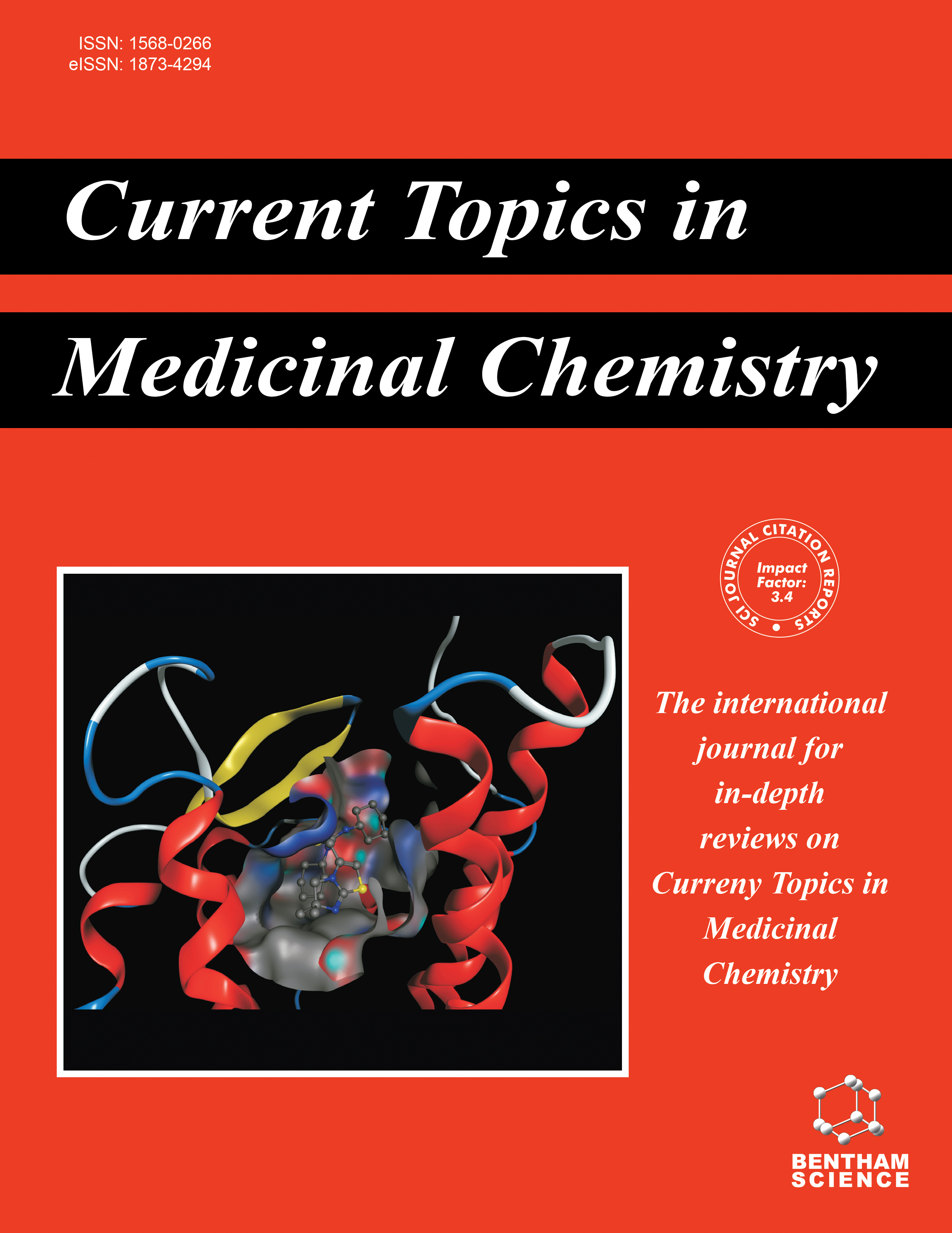
Full text loading...
We use cookies to track usage and preferences.I Understand
Cancer cells have significantly higher intracellular free-metal ions levels than normal cells, and it is well known that artemisinin (ART) molecules or its derivatives sensitize cancer cells when its endoperoxide moiety combines with metal ions, resulting in the production of reactive oxygen species, lysosomal degradation of ferritin, or regulation of system Gpx4 leading to apoptosis, ferroptosis or cuproptosis. Artemisinin derivatives (ADs) are reported to interfere more efficiently with metal-regulatory-proteins (MRPs) controlling iron/copper homeostasis by interacting with cytoplasmic unbound metal ions and thereby promoting the association of MRP to mRNA molecules carrying the respective sequences. However, the simple artemisinin analogues are required to be administered in higher doses with repeated administration due to low solubility and smaller plasma half-lives. To overcome these problems, amino ARTs were introduced which are found to be more stable, and later on, a series of ARTs derivatives containing sugar moiety was developed in search of analogues having good water solubility and high pharmacological activity. This review focuses on the preparation of N-glycosylated amino-ART analogues with their application against cancer. The intrinsic capability of glycosylated ART compounds is to give sugar-containing substrates, which can bind with lectin galectin-8 receptors on the cancer cells making these compounds more specific in targeting cancer. Various AD mechanism of action against cancer is also explored with clinical trials to facilitate the synthesis of newer derivatives. In the future, the latest nano-techniques can be used to create formulations of such compounds to make them more target-specific in cancer.

Article metrics loading...

Full text loading...
References


Data & Media loading...

